He was the charming pugilist who became a huge star in 19th century Ireland - and whose right arm ended up on display in a pub in Kildare. In this extract from the Dictionary of Irish Biography's new book Irish Sporting Lives, Paul Rouse tells the story of Dan Donnelly
Dan Donnelly was born in Townsend Street, Dublin, eldest surviving son among seventeen children of Joseph Donnelly, carpenter, of Dublin; his mother's name was Gore. His life is one in which reality and mythology are not easily separated. The main source of information is a 120-page biography, entitled The life of Dan Donnelly (1820), written by T. G. Hazard with help from Donnelly’s sister and widow. This account aimed, quite successfully, at burnishing the growing Donnelly legend. Thus the doctor who attended his birth allegedly predicted that he would perform great deeds for Ireland.
He had a rudimentary education, played hurling on the streets of Dublin and worked as a carpenter for his father. Standing 6ft (1.83m) tall and weighing 14st. (c.90 kg), his life was a pursuit of merriment, facilitated by an astonishing capacity for alcohol. Hazard acknowledged his wildness while also depicting him as honourable and patriotic: he fought only with bullies and even then, with regret.
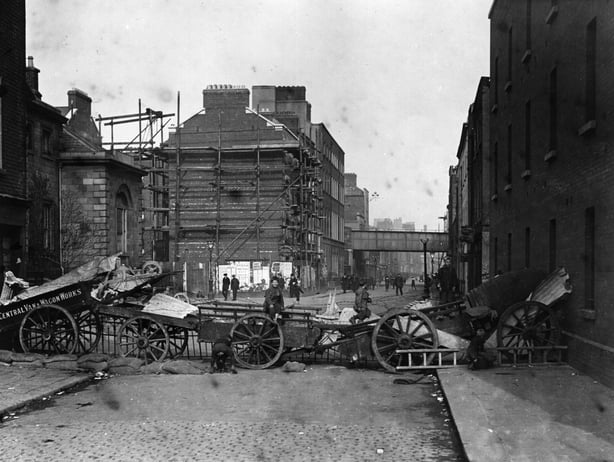
His first recorded fight came in a public house when he beat up two men following an insult to his father. On foot of this his fame spread throughout the city. Reluctant to inconvenience his socialising, he eschewed all offers of combat before eventually fighting and defeating a man previously regarded as the best in Dublin.
His reputation drew the notice of Captain William Kelly of Maddenstown House, the Curragh, Co. Kildare. A sports-obsessed racehorse trainer, Kelly was looking for an Irish boxer capable of matching the English bare-knuckle prize fighters who were touring Ireland. Kelly put Donnelly up in a house in Calverstown, Co. Kildare, where he was trained for several months by a Scotsman, Robert Barclay Allardice (known as 'Captain Barclay’). In summer 1814 Donnelly challenged a touring English boxer, Tom Hall, who accepted. Donnelly went into intensive training during which Kelly was said to have posted sentries to prevent any escape to local hostelries.
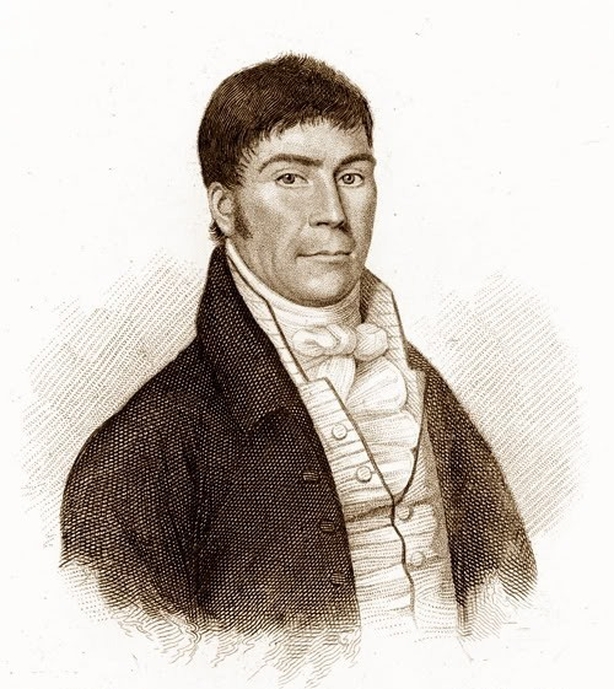
Donnelly's Hollow
On 14 September 1814 a large crowd, purportedly 40,000-strong, arrived mainly from Dublin to see the fight in a natural amphitheatre, then called Belcher’s Hollow, in the Curragh, Co. Kildare. During the fight the much lighter Hall quickly realised he was outmatched and took to dropping intentionally to the ground, which under the prevailing rules ended the round, permitting him half a minute to recover. (The rules also permitted butting, eye-gouging, hair-pulling and wrestling.)
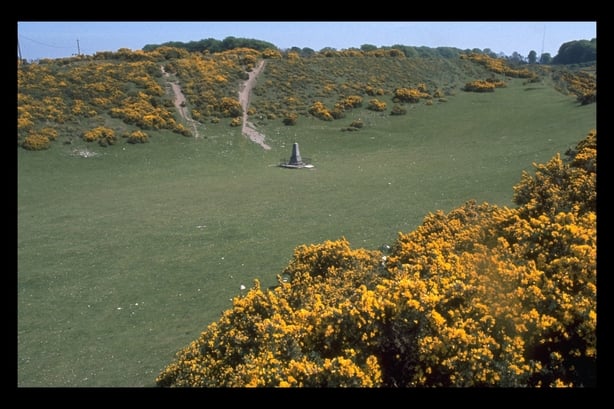
The fight ended with both sides claiming victory when an exasperated Donnelly hit Hall while he was down. The Turf Club, which adjudicated on the bets waged for this match, declared it a tie; neither contestant received the £200 stakes. Donnelly’s supporters wildly celebrated his ‘victory’, and he was hailed as a national hero on his return to Dublin.
In late 1815 a more formidable English boxer, George Cooper, arrived in Ireland to challenge Donnelly. Once more housebound under Barclay’s supervision, Donnelly demonstrated uncharacteristic restraint in training diligently for the fight, which was held at the same Curragh venue as before on 13 November 1815. In what was the best performance of his career, Donnelly overwhelmed Cooper in the eleventh round and claimed the £60 purse before a large and vociferous attendance. He made his way back towards Dublin in a carriage pulled by his admirers. The site was subsequently renamed Donnelly’s Hollow. Pugilism had been for long a disreputable and illegal activity in Ireland, but Donnelly made it popular and semi-respectable.
High society
After a wealthy merchant set him up as a publican in Capel Street, Dublin, marriage and children tempered Donnelly’s lifestyle as the pub traded well off his name. He soon reverted to form, however, by drinking through his profits. Periodic sobriety and attempted industry saw him open further public houses in Poolbeg Street and the Coombe.
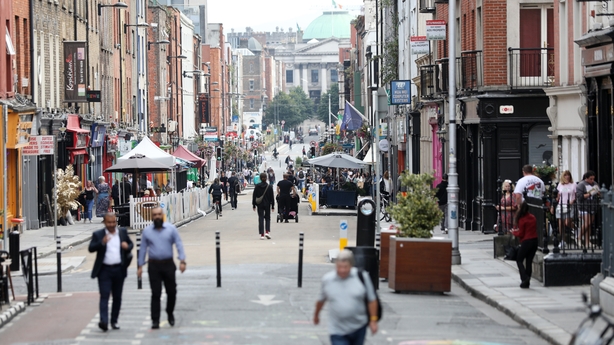
Aside from engaging in several well-attended sparring exhibitions held in the Olympia Theatre, Dublin, he showed little interest in returning to the ring. Moreover, his reputation, along with the certainty of having to cope with a partisan home crowd, deterred English boxers from fighting him in Ireland.
Needing to clear his debts, he began a tour of England in February 1819 by sparring against the Lancashire boxer Jack Carter in exhibitions held at Liverpool and Manchester, both cities with large Irish immigrant communities. The contrast between Donnelly’s power and Carter’s skill made these exhibitions a great success. Arriving in an expectant London in March, he sparred before packed houses in various venues against Carter, Harry Harmer, Ben Burns and Tom Spring, showing clear signs of inebriation in his entertaining engagement with Burns. Spring was probably England’s best boxer, and Donnelly acquitted himself well against him.
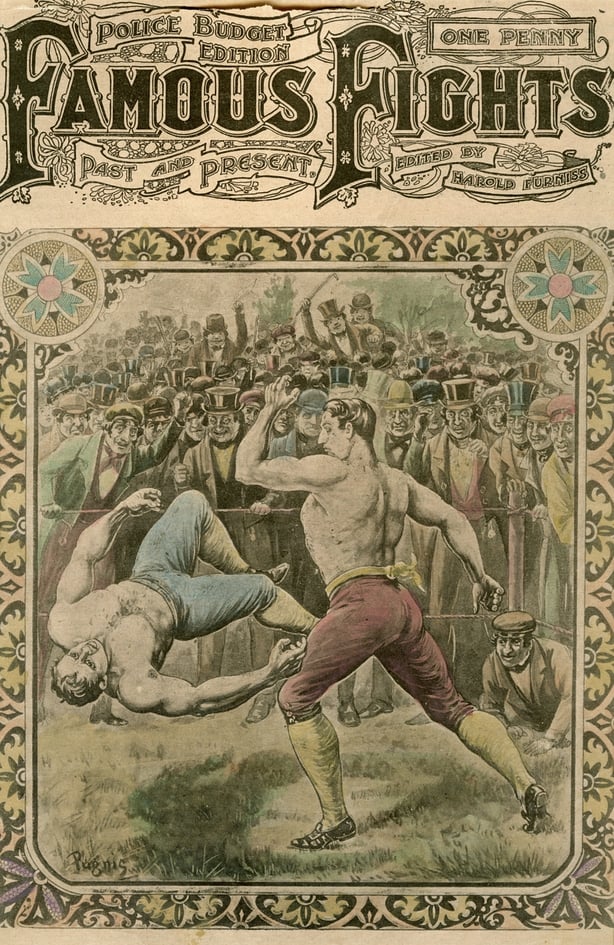
He came under pressure from spectators to commit to a prize fight, particularly after an injury forced his withdrawal from an exhibition against the English champion, Tom Cribb. Like most pugilists, Donnelly preferred the steady money to be earned from sparring exhibitions fought with gloves to the hazards of outdoor bare-knuckle brawling. Rather than lose his popularity, he agreed to take on the veteran Englishman, Tom Oliver, at Crawley Downs on 21 July 1819. The fight was eagerly anticipated, not least because of the nationality of the combatants, with heavy betting occurring in England and Ireland. Some 10,000 people saw Donnelly claim the £210 purse after thirty-two rounds (lasting seventy-two minutes). It was an unimpressive display, however, as his preparations had been far from ideal.
Sir Dan
His boundless charm and humour, combined with his unquenchable thirst, had brought him to the fore of London society. He later restyled himself ‘Sir Dan’, claiming to have been knighted by the Prince Regent for bravery. Women proved as great an attraction as alcohol, and his boxing performances undoubtedly suffered from the venereal disease he contracted. English boxers were less wary of him after the Oliver fight, and he received various challenges, but he was not to be diverted. Eventually running out of money, he returned to Dublin where he received the customary hero’s welcome and was led through the city astride a white horse.
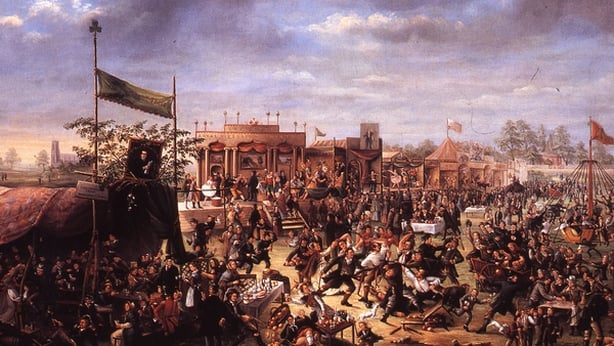
In August 1819 he staged sparring exhibitions at Donnybrook Fair before his adoring Irish public, who curtailed his performances by plying him with drink. He then contracted to fight Carter only for this to fall through when they disagreed over the financial terms. Reverting to managing a public house at Pill Lane, he died there on 18 February 1820, after a sudden illness provoked by his lifestyle. His funeral drew a huge crowd as it passed through the streets of Dublin, before his remains were buried at Bully’s Acre, Kilmainham. Bully’s Acre was regularly targeted by grave robbers, and riots ensued on foot of reports that Donnelly’s body had been snatched.
His death was widely reported in Britain, albeit less reverently than was the case in Ireland. Donnelly fought in only three official contests, none of which was against the champion of England, though Cooper and Oliver were strong opponents. Experts were impressed by the strength of his right hook and his skill at throwing opponents to the ground but considered him a little raw; it was said he leant back too much. Regardless, he achieved lasting fame and was commemorated in numerous ballads and dirges, all lauding him for vindicating his country’s honour by conquering English opponents. He can be seen as Ireland’s first sports celebrity. Pugilism in Ireland declined markedly in popularity after his demise.
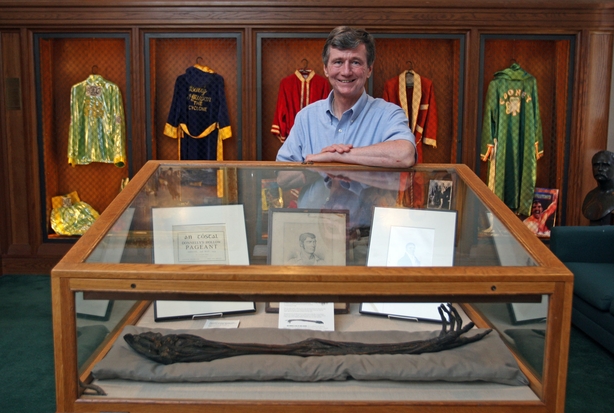
In 1888 a memorial obelisk was erected at Donnelly’s Hollow in the Curragh, where footprints can still be seen, allegedly those of Donnelly dug out by a rapturous crowd following his passage from the ring after defeating Cooper. A mummified arm, said to have been severed from Donnelly’s body by the surgeon who received his corpse from the graverobbers, was displayed in the Hideout public house in Kilcullen, Co. Kildare, for four decades from 1953. During 2006–10 the arm was exhibited in New York and Boston, and in Omagh, Co. Tyrone and Croke Park, Dublin.
Irish Sporting Lives brings to life sixty figures who in their individual ways illustrate the drama and diversity of Irish sporting history. Spanning 200 years, the biographical essays in Irish Sporting Lives incluide trailblazing women as well as serial winners and glorious losers, heroes and villains, role models and rogues, enduring legends and forgotten or overlooked greats.
Irish Sporting Lives is available now from all good bookshops and can be ordered here at www.ria.ie/isl
The sixty lives included in Irish Sporting Lives are drawn from Ireland's national biographical dictionary, the Dictionary of Irish Biography. Find out more at www.dib.ie
Sources: Freeman’s Journal, 14 November 1815; 17 May 1819; Carlisle Journal, 31 July 1819; anon., A monody on the death of Daniel Donnelly, late champion of Ireland (1820); T. G. Hazard, The life of Daniel Donnelly (1820); Blackwood’s Magazine, May 1820; ‘An operator’, The Fancy, vol. 1, no. 16 (1826); Pierce Egan, Boxiana; sketches of modern pugilism during the championship of Cribb ... (1829), vol. 3, 71–126; Journal of the County Kildare Archaeological Society, vol. 3 (1899), 26–9; H. D. Miles, Pugilistica: 144 years of British boxing, vols 1–3 (1906); Bohun Lynch, The prize ring (1925); Henry Funiss, The by ways and queer ways of boxing (n.d.); A. J. Liebling, The sweet science (1958); Patrick Myler, Regency rogue: Dan Donnelly: his life and legends (1976); John Gleeson (ed.), Fyffes dictionary of Irish sporting greats (1993); Neal Garnham, ‘"To die with honour or gain the day": Dan Donnelly as a sporting hero’, Irish Historical Studies, vol. 37, no. 148 (November 2011), 535–49; James Kelly, Sport in Ireland, 1600–1840 (2014); Adam Chill, Bare-knuckle Britons and fighting Irish (2017); Kildare Nationalist, 4 October 2020; Ray Esten, ‘Using the gloves to turn a shilling or a crown’, www.theirishstory.com/; Ray Esten, ‘Scrapping: the early years’, www.theirishstory.com/ (all internet material accessed April 2021)














































